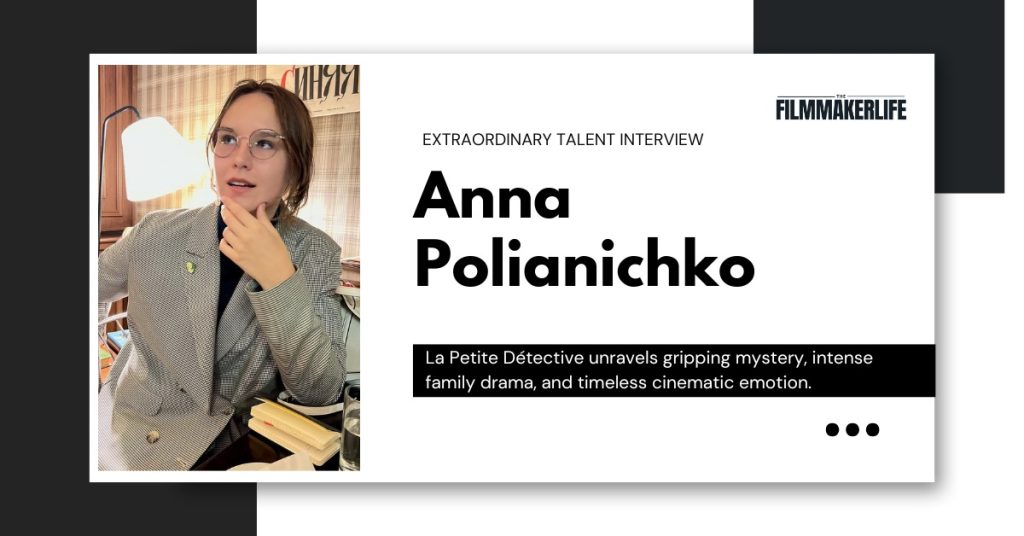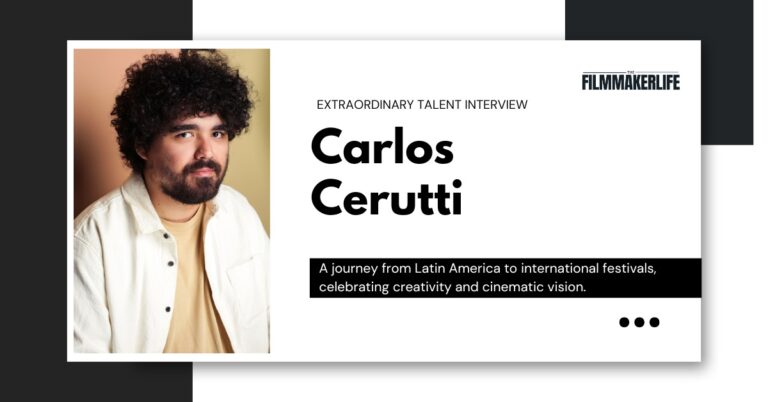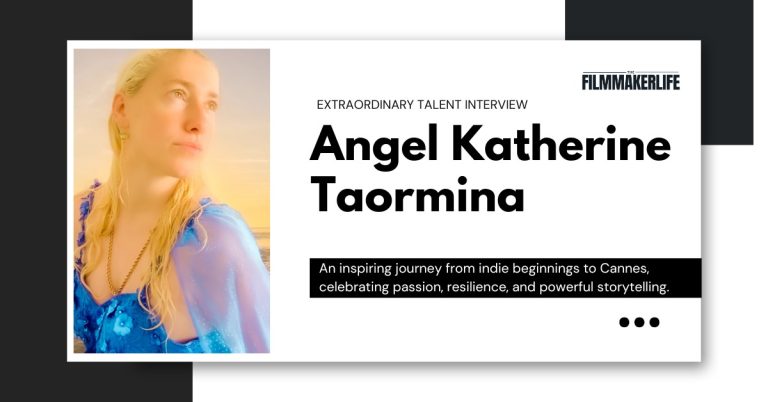Independent cinema often gifts us with stories that not only entertain but also linger, inviting us to reflect, to keep living within the film long after the screen fades to black. One of these treasures is La Petite Détective, the new short film written and directed by Anna Polianichko, inspired by the narrative mastery of Agatha Christie and the emotional power of mystery. We spoke with Anna to dive deeper into her creative process, her team, and the essence of a story that captivates from the very beginning.
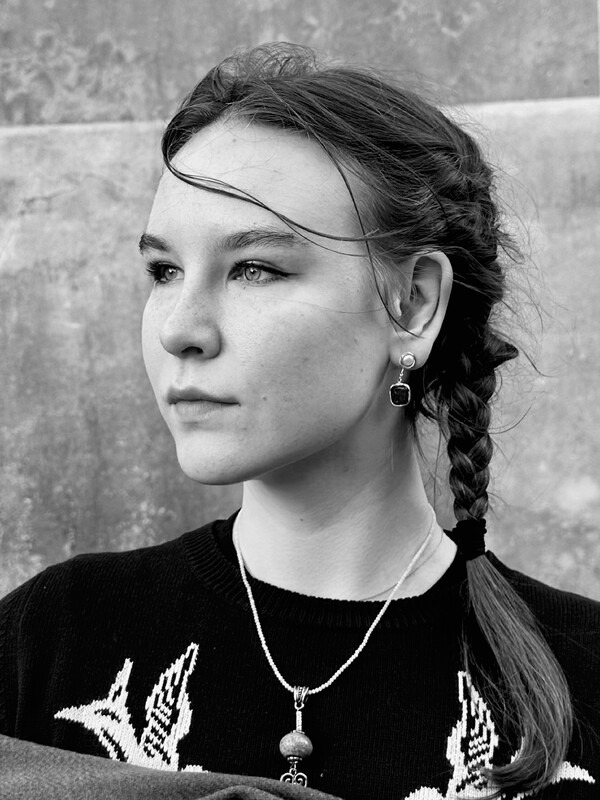
Anna Polianichko
What came to you first: the story of La Petite Détective, the mysterious atmosphere, or Ruby as the protagonist?
I would say everything together. My starting point was the “detective” genre. With death and a mystery. I always knew I wanted it to be in a manor. Somewhere secluded so it doesn’t allow for any loose character threads. But Ruby as the protagonist and a family setting came as a result from a suggestion my tutor at university Johnny Lochland posed: “What if a person – is forced to do solve a murder mystery” and lead me to consider coping mechanisms – where a person does something on autopilot just because it helps in a traumatic situation. So, it was a step-by-step process until what came out – felt right.
Your inspiration draws from Agatha Christie, but what specific emotion did you want the audience to feel once the film ends?
There are two distinct feelings I wanted to translate from my subjective experience with Christie’s novels. One – the inability to close or pause the story. I was finishing one book a day. Consistently staying awake past midnight, thriving off of sentence after sentence – wishing to solve the mystery with the characters. Not closing the book unless absolutely necessary. I wanted my film to be watched with eagerness for what’s next. Second – comes straight off of the first. Once the story was finished, and the mystery was solved, Christie did this clever trick – she finished the book. Not telling the reader of what the characters did next, even though I would grow very fond of them and wanted to walk with them further. It often frustrated me, but while writing the script I think I came close to understanding this trick. It’s not about the characters, it’s about the process of a mystery and how it reveals people.
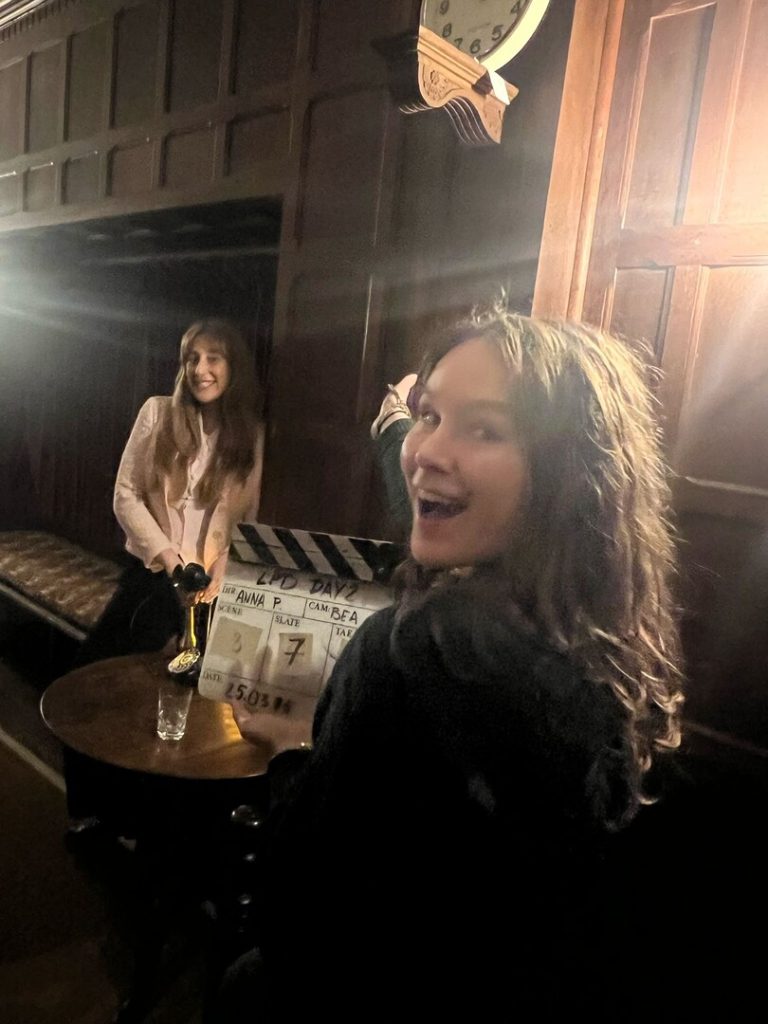
The film revolves around a family marked by pain and secrets. What does it mean to you to explore family dynamics through the mystery genre?
It was very therapeutic. I believe every family has its share of secrets and pains which lay dormant until a catastrophe happens.
Ruby, being the youngest and most unjaded, becomes the key to the story. Why was it important that she be the one to solve the mystery?
Although I, myself am only twenty two, I often think back on myself in Ruby’s age – a twelve year old, I also have cousins Ruby’s age, and observing them and myself in retrospective – I really admire their strong-headedness and asssurity in themselves. The world seems way more straight-forward and obvious at that age. Everything has a simple reason which the adults seemingly disregard. It’s only with age do you start seeing complications and intertwining restrictions. Ruby had to be the person to unravel the family’s secrets, exactly because she didn’t know and couldn’t understand how ugly and twisted they may be. I believe adults rarely come back to the simplicity with which life can be treated.
You mention “tasteful impact, not rushed whiplash.” How did you translate that philosophy into the film’s visual and narrative style?
I believe there is a time and a place for both effects in film, depending on the desired result. In the case of La Petite Détective, I wished for it to have a seamless, fluid motion as a viewing experience until the very last frame. I was very serious about the pace of the film and its rhythm from the beginning of making it. I believe a well timed and throughout rhythm is the way to achieve a tasteful impact. It’s all about balance for me.
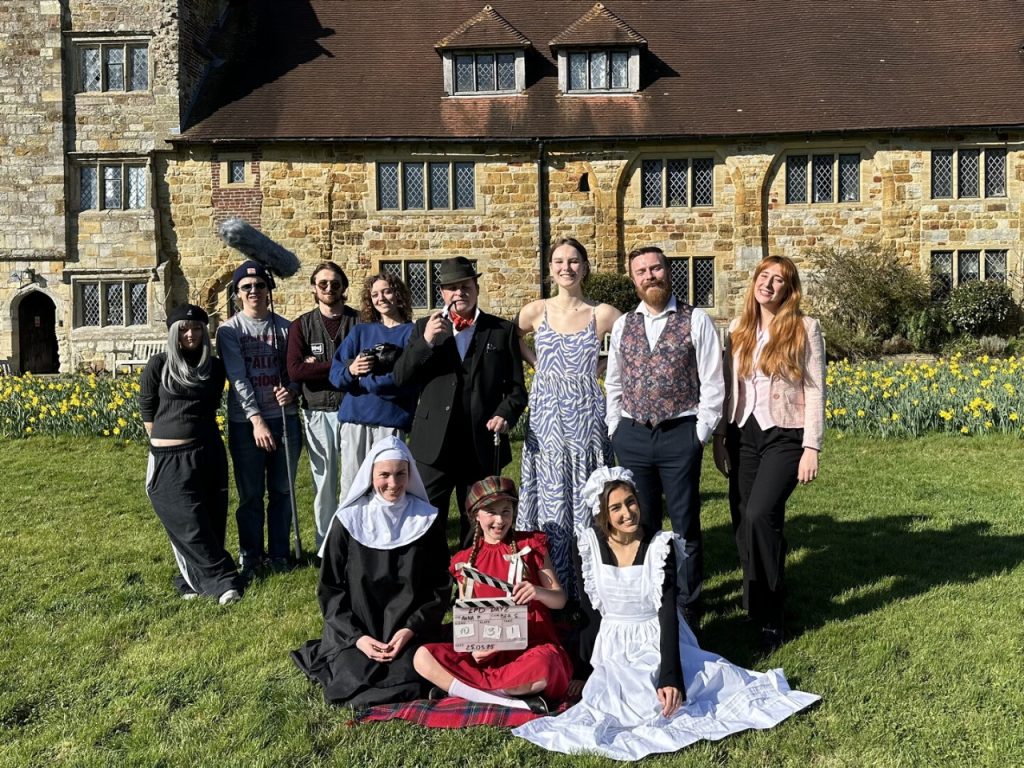
Building a passionate crew is one of the greatest challenges in independent filmmaking. What was most special about working with yours?
My crew were everything on this film. I couldn’t have asked for a better group of people who are now my friends. I am forever grateful to them for working on this film with me from the first draft to here. There were only six of us, doing the jobs of hundreds of people on studio-led films. Rue Holloway, our producer, proof-read the script and fixed the grammar, Beatrice Stitfall, our cinematographer, did the catering for our film; Oscar Towers, our sound designer was driving us from home to location and picking up lunch; Alex Dennell our set designer, together with Rue were blacking out windows with foil – and these actions are as important and valuable as Rue handling mountains of paperwork as a producer, Bea making monumental work as cinematographer, Oscar recording and then editing audio to perfection; Alex creating the atmosphere on set, and Zac Clowes composing the entire score. So, most special part – is how passionate and devoted the team was.There wasn’t a glimpse of doubt in them and there wasn’t a single ounce of drama, or unprofessionalism, and that is pure magic.
The project has already attracted media attention. How has that early reception shaped your vision as a director?
At this point, I have seen the film hundreds of timesI co-editing it with Bea, and I heard every dialogue phrase a couple hundred times more, editing the sound in the studio editing with Oscar, and fun fact, we both can recite the film off of memory. I can no longer see it in a way a person who sees it for the first time would. Seeing the reception has been great, at least for the first few times. It validated the whole process and all of the work we, as a team, have done. However, I believe it is impossible to stay stagnant as a creative person. I am very grateful for the fruitful outcomes, but as more time passes – the more shortcomings I find in the film, and I think that’s growth. I wish to make something better now. I don’t want to stay within the bounds on this project forever, although I am not tired of this wonderful reception yet.
If you had to define in one sentence what La Petite Détective leaves with the viewer, what would it be?
“Don’t assume something obvious to you is obvious to everyone”.
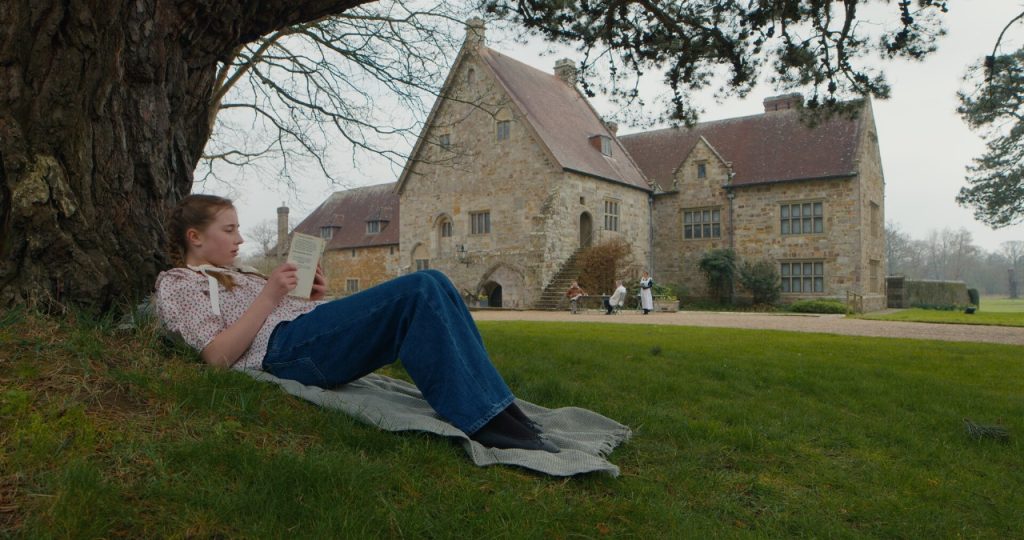
Many directors talk about the “moment” when they realize a film has come alive. Do you remember when you felt that with this project?
There were a couple of moments. When we did the colour grading, with our supervisor, professional colour grader Jon Holmes. The film visually came to life then. Another one is when Beatrice and I finished editing the dinner table scene in the first half of the film. The rhythmic bounce was perfect. We covered that scene with one camera, and ran through the scene about five or six times, and our cast was impeccable with timings. It’s a long scene, and I was conscious of the pace on the day. Once it was done and seamless during editing, I knew we did something very special as young filmmakers.
Finally, what do you hope audiences take with them from La Petite Détective, beyond the solved mystery?
Art is open to interpretation. Whatever your heart and mind tells you about the film – listen to it. I am happy our film brought you these emotions, whichever they are.
As for members in the audience that are hiring for creative jobs – I hope they see everyone’s hard work and give us a chance at honing our skill through practice, supporting young filmmakers and what we can do.
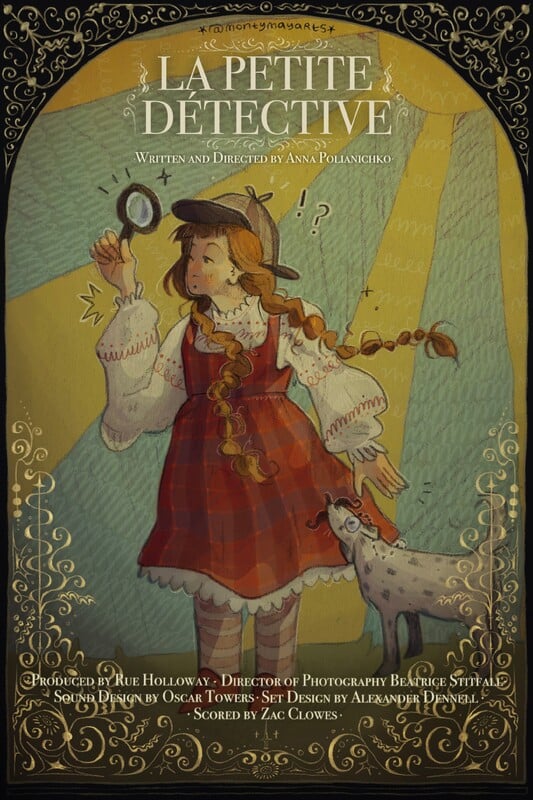
With sensitivity, intrigue, and a clear respect for the audience, Anna Polianichko ensures that La Petite Détective is more than just a mystery—it becomes a reflection on family, loss, and the way truth can both divide and unite.
Anna reaffirms the power of independent cinema as a space for bold creativity and authentic emotion, reminding us that true cinema does not end with the credits but continues to live within us long after the screen goes dark.

